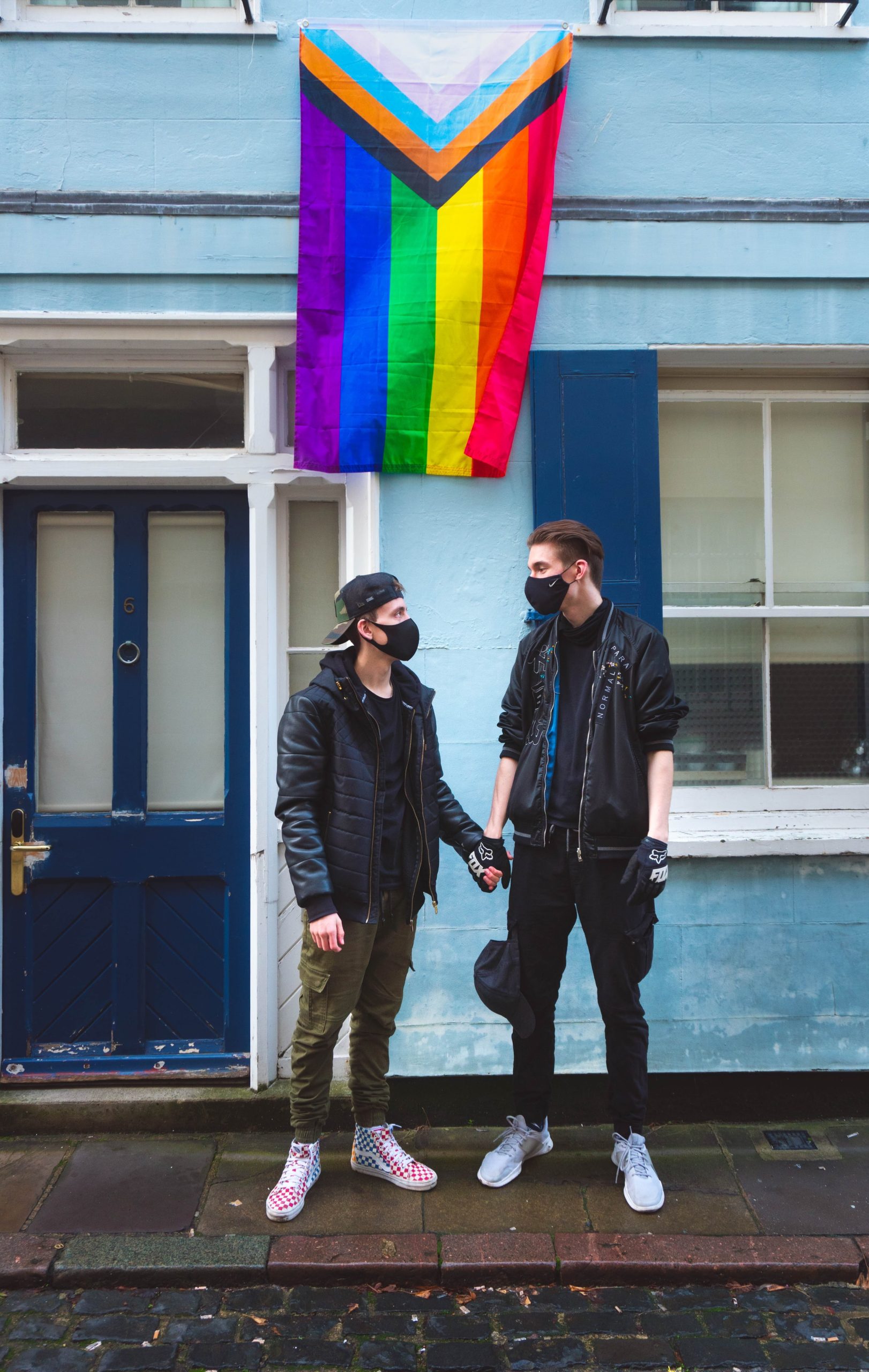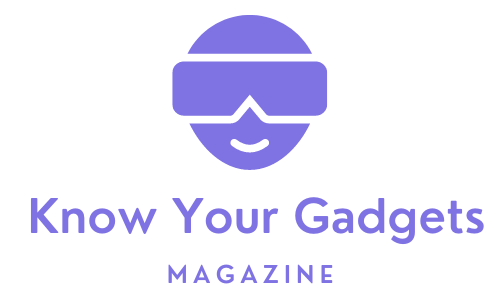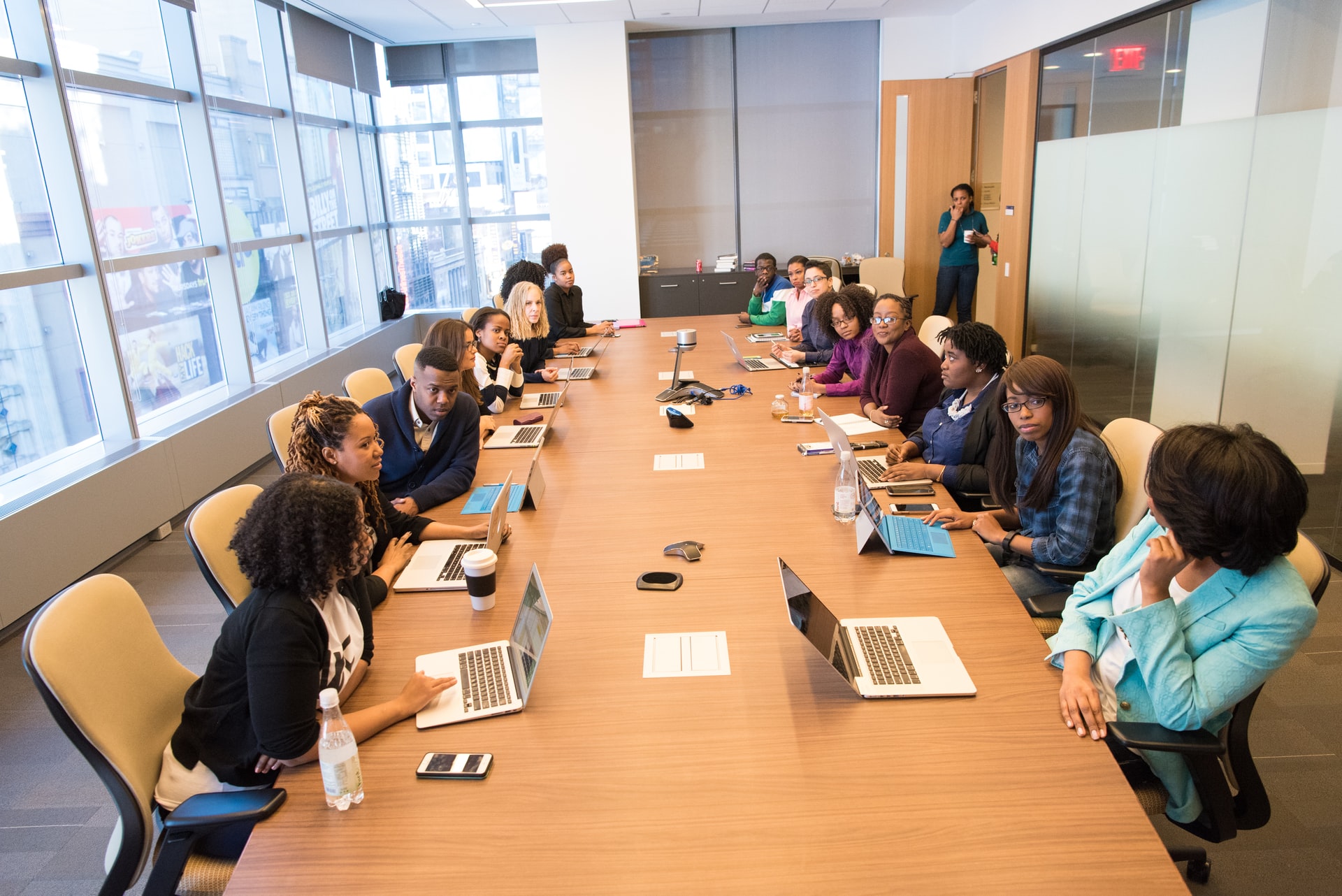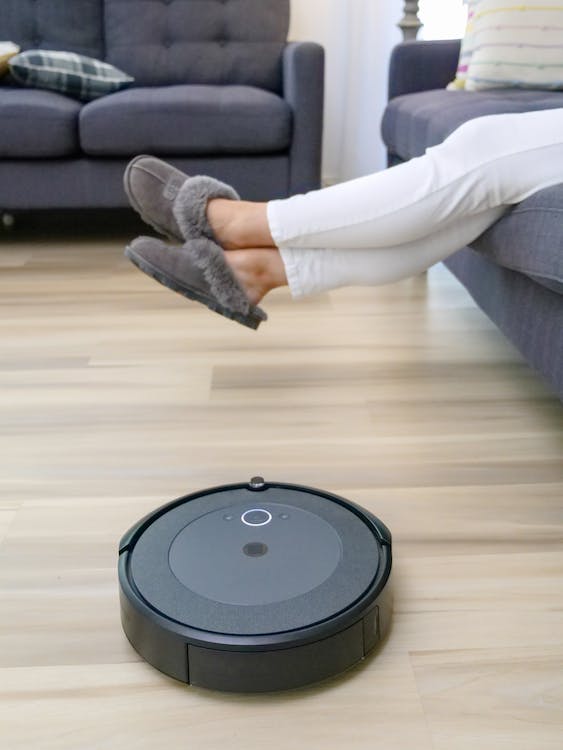We all use technology in our daily lives. Pride month is here, and we are angrier than ever. As a queer Gen Z senior, the Internet has been instrumental in my journey to coming out and giving me the space I needed to learn more about my feelings. The Internet isn’t so bad; it’s not a hellscape or, occasionally, one of the seven circles of hell.
I’d like to think that most of us queer people have taken the “Am I gay?” quiz at some point or the other, which warms my heart. And if you had to take that quiz, chances are you are part of the LGBTQIA2S+ (lesbian, gay, bisexual, transgender, queer, intersex, asexual, 2-spirit+) community. So, without further ado, dive into this blog and learn how queer people use technology.
1. Build a community

For many queer people, especially those living in small regions or rural areas, technology has made it much easier to find other queer people in their community. For teenagers age 13 and older, EmptyClosets is a monitored online community that offers a forum, chat room, and resources on coming out and sexual health. And the feel-good community TheTribe offers a queer support group designed to give gay, transitioning, or questioning people a safe place to discuss their challenges and find a sense of online community.
2. Create engaging content
Whether it’s television, streaming music, podcasts, or other services, the number of people, artists, and producers creating content focused on queer issues has grown exponentially- content that might have been rejected just 5 to 10 years ago. Hulu and other streaming services offer queer playlists. Cartoon Network’s “Steven Universe,” the first animated series created by a woman, won a GLAAD award for fair, accurate, and inclusive representation of queer people in media.
Some songs from “Fun Home,” the first mainstream musical about a lesbian, received hundreds of thousands of views on YouTube. And “Savage Lovecast,” the weekly audio podcast by queer rights advocate Dan Savage, regularly ranks first in the iTunes “health” category and is regularly in the top 20 podcasts.
3. Improve safety

One only has to remember the tragic and senseless violence at the Pulse nightclub in Orlando to understand that prejudice and hatred toward the queer community are real. Those affected need to be vigilant about their safety. Technology providers can also address this situation with apps and features designed to help queer individuals stay safe.
GeoSure, for example, is a travel safety app that provides a neighborhood-level LGBTQIA+ safety assessment category to help members of the queer community understand “the likelihood of harm or discrimination against queer individuals or groups and the level of caution needed locally.” The app covers more than 65,000 cities and neighborhoods worldwide, helping LGBTQIA+people make informed decisions about their well-being at home and abroad.
The dating app Tinder, which has millions of users in over 190 countries, recently introduced a feature that prevents the profiles of people who identify as gay, lesbian, bisexual, queer, or transgender from being displayed if the user comes to a country where homosexual relationships or acts are still criminalized to deter harassment or worse.
4. Provide visual representations
Seeing ourselves reflected positively in the world around us is imperative to our well-being. As one Twitter user put it, “Something as simple as an emoji may seem silly to you, but I was really impressed with the introduction of the gay couples emoji” when Apple introduced inclusive emojis in 2015.
Last fall, Apple made another splash when it introduced gender-neutral versions of nearly all human emojis in its system. Queer rights activists praised it for giving people more ways to express themselves. Finally, a few years ago, during Pride month, Facebook introduced a rainbow flag reaction emoji that was accessible to anyone who liked the LGBTQ@Facebook page.
5. Promote inclusion

How does it feel to be transgender? How can cis-straight people be effective allies for their queer friends and families? The LGBTQIA+ Experiment is presented as “a resource to help anyone understand the issues that affect LGBTQIA+ people” and is a website designed to answer questions about gender, sexuality, and sexual orientation in an open and non-threatening environment.
Covering everything from how to respectfully ask about a person’s favorite pronouns to why some members of the LGBTQIA+ community may find gender-revealing parties offensive, the website provides readers with a way to learn about queer issues in a non-judgmental environment.
6. Technology connects unhoused queer people to housing
A study conducted by Chapin Hall at the University of Chicago estimates that approximately 7% of youth in the United States are queer. An astonishing 40% of them are affected by homelessness. For homeless LGBTQIA+ youth, access to technology means access to housing, health care, and employment, among other things. In 2019 alone, more than 250 people used PowerOn technology to find accommodation.
In 2020, an incredibly challenging year for the LGBTQIA+ community, we look back at the incredible work we’ve done in collaboration with communities across the country. More than 300 people applied for jobs, and more than 100 people trained using equipment provided by PowerOn to our partner centers. Because of their work, the people they serve, the data they collect, and the lives they impact- PowerOn can help our community stay connected.
Sound off in the comments section below and tell us what you want to read next and if you want to read more about how queer people use technology.





